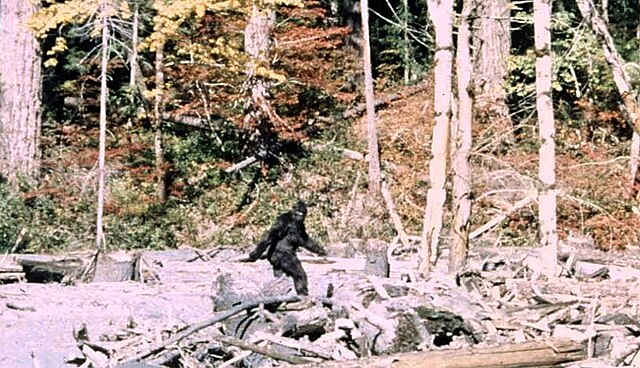


Bigfoot: The Elusive Legend of the Forests
Bigfoot, also known as Sasquatch, is one of the most enduring and widely recognized cryptids in the world. Often described as a large, bipedal, ape-like creature, Bigfoot has been the subject of folklore, reported sightings, scientific debates, and popular culture for decades. Despite countless eyewitness accounts and alleged evidence, the existence of Bigfoot remains unproven, making it one of the most fascinating mysteries of modern times.
The concept of a giant, hairy humanoid creature roaming the wilderness predates modern sightings and is deeply rooted in the oral traditions of Indigenous peoples in North America. Native American tribes across the continent have long shared stories of a creature resembling Bigfoot. For example:
These accounts often describe Bigfoot as a protector of nature, a spiritual being, or a reclusive creature that avoids human contact.
The modern Bigfoot phenomenon began to take shape in the mid-20th century, with several high-profile reports and alleged evidence bringing the creature into the public consciousness.
The most famous piece of Bigfoot "evidence" is the Patterson-Gimlin film, recorded in 1967 by Roger Patterson and Bob Gimlin near Bluff Creek, California. The grainy footage appears to show a large, bipedal creature covered in dark fur walking along a riverbank. The subject in the film, nicknamed "Patty," has a distinctive gait and turns briefly to look at the camera before disappearing into the forest.
While the film remains iconic, it is also highly controversial. Some scientists argue that it could be a hoax, possibly involving a person in a costume, while others maintain that the anatomy and movement of the creature could not be replicated by a human actor. To this day, the Patterson-Gimlin film is one of the most debated pieces of Bigfoot evidence.
Bigfoot is generally described as:
These descriptions are consistent across many sightings, although skeptics argue that the similarities could result from cultural expectations or shared folklore rather than actual encounters.
Sightings of Bigfoot are most commonly reported in the heavily forested regions of North America, particularly in the Pacific Northwest, including Washington, Oregon, Northern California, and British Columbia. However, reports have come from nearly every U.S. state and many other countries.
Some notable encounters include:
While sightings are often dismissed as hoaxes or misidentifications of bears or other wildlife, believers point to the consistency in descriptions across decades and locations as evidence of Bigfoot’s existence.
In addition to eyewitness accounts, proponents of Bigfoot's existence cite the following types of evidence:
Despite the volume of alleged evidence, none has been definitively proven to confirm Bigfoot’s existence.
The scientific community is largely skeptical of Bigfoot’s existence, citing the lack of concrete evidence such as bones, fossils, or confirmed DNA samples. Some common counterarguments include:
Bigfoot has become a significant part of American pop culture, inspiring books, movies, and television shows. The creature is often portrayed as a mysterious but benevolent guardian of the wilderness, symbolizing humanity’s fascination with the unknown and our desire to believe in the extraordinary.
Despite widespread skepticism, researchers and enthusiasts continue to search for evidence of Bigfoot. Organizations like the Bigfoot Field Researchers Organization (BFRO) and independent investigators conduct field expeditions, set up trail cameras, and collect testimonies from witnesses.
Some researchers believe that Bigfoot could belong to an unknown primate species, perhaps a descendant of Gigantopithecus, a massive ape that lived in Asia and may have migrated to North America via the Bering Land Bridge.
Bigfoot remains one of the most compelling mysteries of the natural world. Whether a genuine creature, a case of mistaken identity, or a manifestation of humanity’s fascination with the unknown, the legend endures. For believers, the absence of definitive proof only deepens the allure, while skeptics point to the lack of hard evidence as a clear indicator that Bigfoot is nothing more than a myth. Regardless of its reality, Bigfoot symbolizes the enduring human desire to explore, discover, and connect with the mysteries of the wilderness.